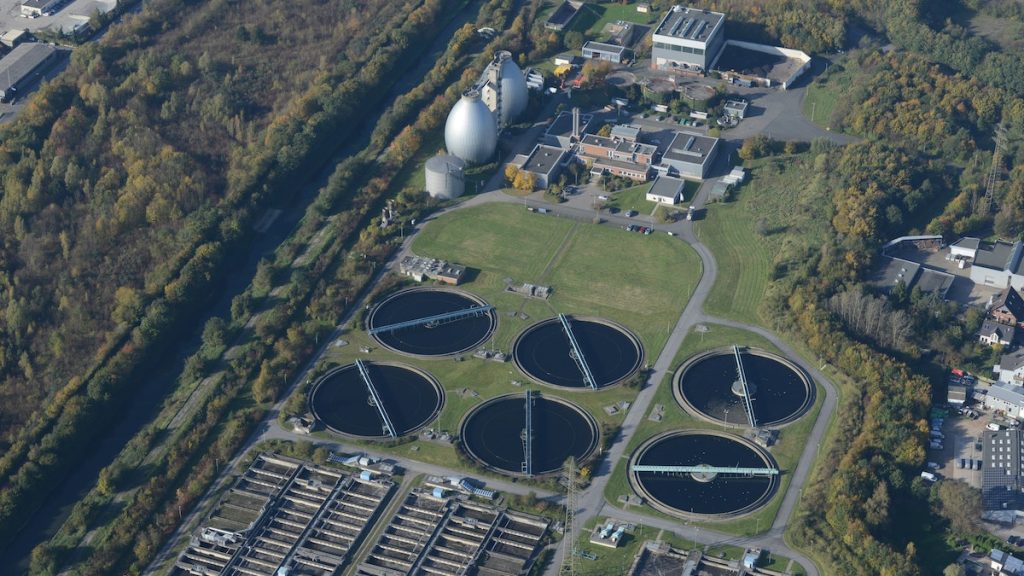Table of Contents
As urbanisation and industrialisation continue to surge, the challenge of managing stormwater and sewage becomes more pressing. Climate change and population growth exacerbate these issues, leading to increased flooding, water pollution, and environmental degradation. However, with innovative pumping solutions, you can pave the way towards a cleaner tomorrow. This article will explore the importance of stormwater and sewage pump station, the challenges they face, and the cutting-edge pumping technologies that promise to revolutionise wastewater management.

The Vital Role of Stormwater and Sewage Stations
Stormwater and sewage stations play a crucial role in urban infrastructure. They collect and treat wastewater, preventing harmful pollutants from entering rivers, lakes, and oceans. These stations ensure public health and protect ecosystems by maintaining a safe and clean water supply. As cities grow, it becomes imperative to optimise these stations for maximum efficiency and environmental sustainability.
Challenges in Wastewater Management
Climate Change Impact
With climate change leading to unpredictable weather patterns, cities face more frequent and intense storms, causing overwhelming volumes of stormwater to flow into sewer systems. Conventional pumping stations may struggle to handle such surges, leading to flooding and potential sewage overflows.
Ageing Infrastructure
Many cities around the world are grappling with ageing stormwater and sewage infrastructure. Outdated pumping systems may be less energy-efficient, prone to breakdowns, and expensive to maintain. Upgrading these systems is necessary to ensure reliable and resilient wastewater management.
Pollution Concerns
Wastewater often carries various pollutants like chemicals, heavy metals, and microplastics. Without proper treatment, these contaminants can pose severe threats to aquatic life and public health. Effective pumping solutions should address these pollution concerns and incorporate advanced treatment technologies.
Innovative Pumping Technologies
Smart Pumping Systems
Integrating advanced sensors and data analytics, smart pumping systems can respond in real-time to changing weather conditions and flow rates. By optimising energy usage and flow control, these systems minimise the risk of flooding and improve overall operational efficiency.
Variable Frequency Drives (VFDs)
VFDs offer a more energy-efficient alternative to traditional fixed-speed pumps. These drives adjust the pump’s motor speed according to demand, significantly reducing electricity consumption and operational costs.
Submersible Pumps
Submersible pumps are highly effective in sewage stations, designed to operate underwater. They are more discreet, produce less noise pollution, and are better equipped to handle solids-laden wastewater, ensuring smooth operations and minimal maintenance.
Green Infrastructure Integration
Embracing green infrastructure, such as rain gardens, permeable pavements, and bioswales, can significantly reduce the burden on stormwater and sewage stations. These natural solutions help capture and treat stormwater before it enters the sewer system, lessening the load on pumps and treatment facilities.
Resilience and Redundancy
To enhance the reliability of stormwater and sewage stations, building redundancy into the pumping infrastructure is crucial. Redundancy involves installing backup pumps and power supply systems, ensuring continuous operation during power outages or equipment failures. This approach minimises the risk of system downtime, prevents flooding, and ensures that wastewater treatment remains uninterrupted.
Community Engagement and Awareness
Implementing effective stormwater and sewage solutions requires the cooperation of the community. Raising awareness about the importance of responsible water usage and pollution prevention can go a long way in reducing the strain on pumping stations. Public involvement and support for green initiatives and infrastructure projects contribute to a more sustainable and cleaner urban environment.
As cities continue to evolve, so must their approach to wastewater management. Stormwater and sewage pump station are integral to creating a cleaner and more sustainable tomorrow. By embracing innovative pumping solutions, investing in resilient infrastructure, and fostering community engagement, we can overcome the challenges of urbanisation and climate change. A cleaner future lies within our reach, and with the right pumping strategies, we can ensure that our waterways remain pristine for generations to come.



